| In vitro: |
| Nat Prod Commun. 2013 Mar;8(3):287-8. | | New bioactive secondary metabolites from Bornean red alga, Laurencia similis (Ceramiales).[Pubmed: 23678792] |
METHODS AND RESULTS:
A Bomean red algal population of Laurencia similis Nam et Saito was analyzed for its secondary metabolite composition. Seven compounds were identified: ent-1(10)-aristolen-9beta-ol (1), (+)-aristolone (2), Axinysone B (3), 9-aristolen-1alpha-ol (4), 2,3,5,6-tetrabromoindole (5), 1-methyl-2,3,5,6-tetrabromoindole (6), and 1-methyl-2,3,5-tribromoindole (7). Compound 1 was identified as a new optical isomer of 1(10)-aristolen-9beta-ol.
CONCLUSIONS:
Compounds 1, 4 and 5 exhibited good antibacterial activity against antibiotic resistant clinical bacteria and cytotoxic effects against selected cancer cell lines. | | Phytochemistry Letters, 2013, 6(3):345-349. | | Novel spiro-sesquiterpene from the mushroom Anthracophyllum sp. BCC18695[Reference: WebLink] |
METHODS AND RESULTS:
A novel spiro-sesquiterpene, anthracophyllic acid (1), and a new aristolane sesquiterpene, anthracophyllone (2), were isolated from the mushroom Anthracophyllum sp. BCC18695, together with seven known compounds including aurisins A (3), G (4), K (5), nambinone A, nambinone C, axinysone A, and Axinysone B. The relative configuration of 1 and the hitherto unknown absolute stereochemistry of 3 were determined based on X-ray spectroscopic data.
CONCLUSIONS:
Biological activities including antimalarial activity against Plasmodium falciparum K1 strain, antibacterial property against Bacillus cereus, and cytotoxicity against MCF-7, KB, NCI-H187, and Vero cells of the isolated compounds were also evaluated. |
|


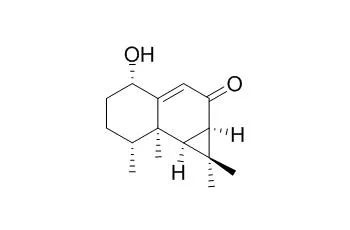

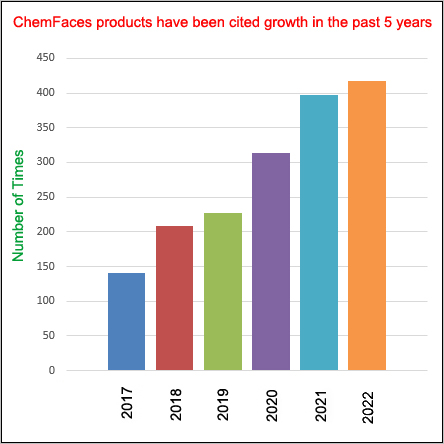
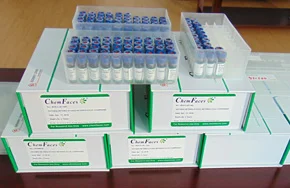
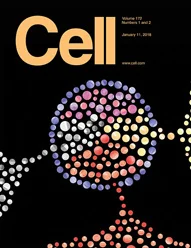 Cell. 2018 Jan 11;172(1-2):249-261.e12. doi: 10.1016/j.cell.2017.12.019.IF=36.216(2019)
Cell. 2018 Jan 11;172(1-2):249-261.e12. doi: 10.1016/j.cell.2017.12.019.IF=36.216(2019)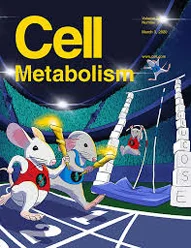 Cell Metab. 2020 Mar 3;31(3):534-548.e5. doi: 10.1016/j.cmet.2020.01.002.IF=22.415(2019)
Cell Metab. 2020 Mar 3;31(3):534-548.e5. doi: 10.1016/j.cmet.2020.01.002.IF=22.415(2019)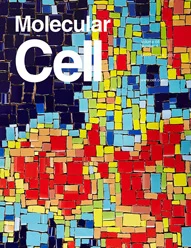 Mol Cell. 2017 Nov 16;68(4):673-685.e6. doi: 10.1016/j.molcel.2017.10.022.IF=14.548(2019)
Mol Cell. 2017 Nov 16;68(4):673-685.e6. doi: 10.1016/j.molcel.2017.10.022.IF=14.548(2019)